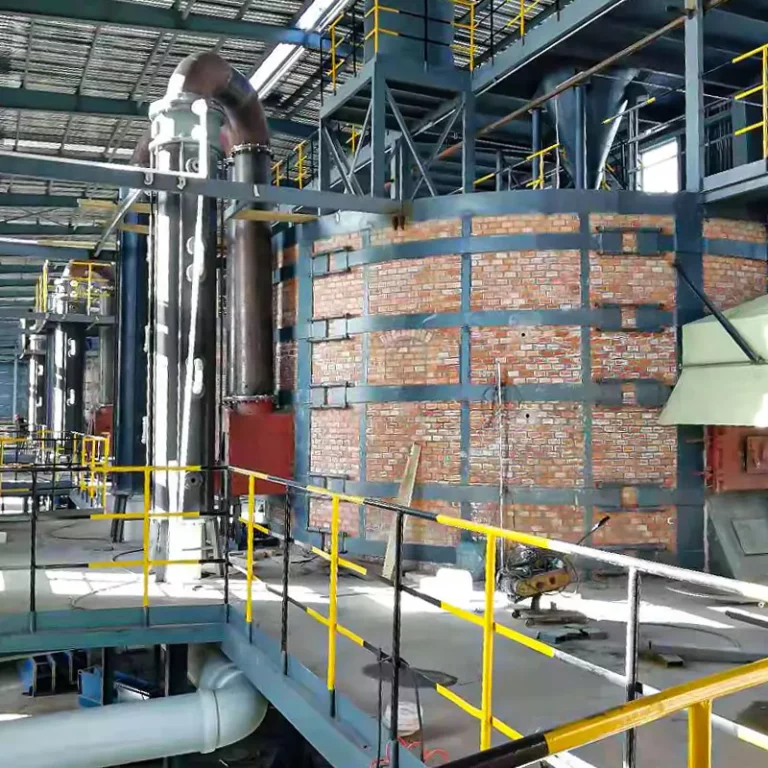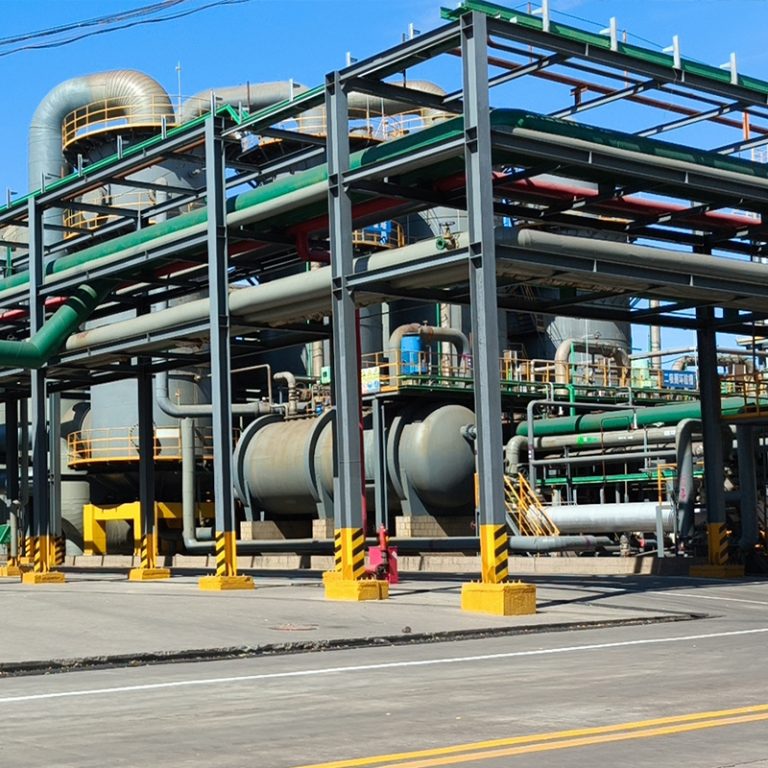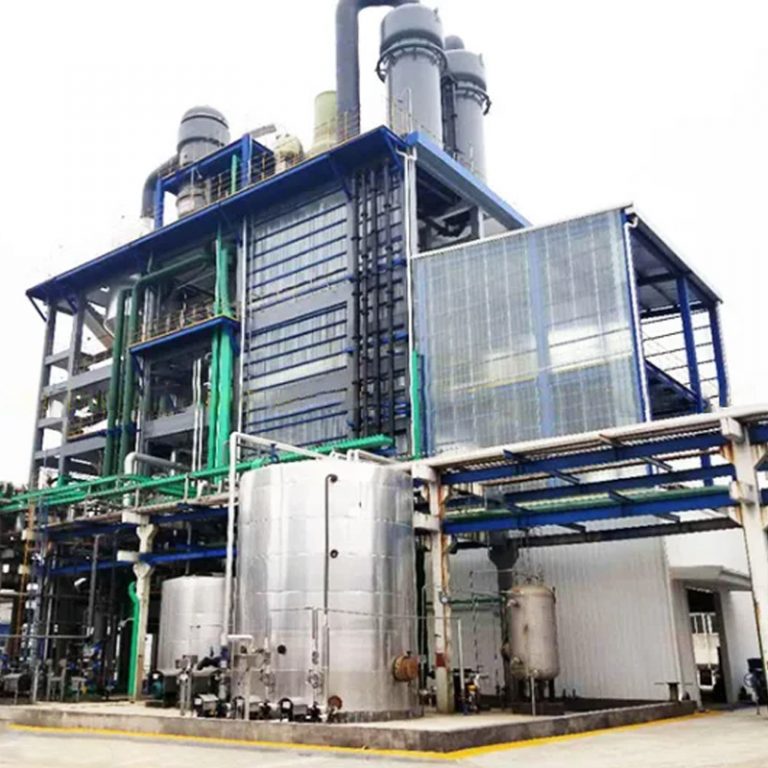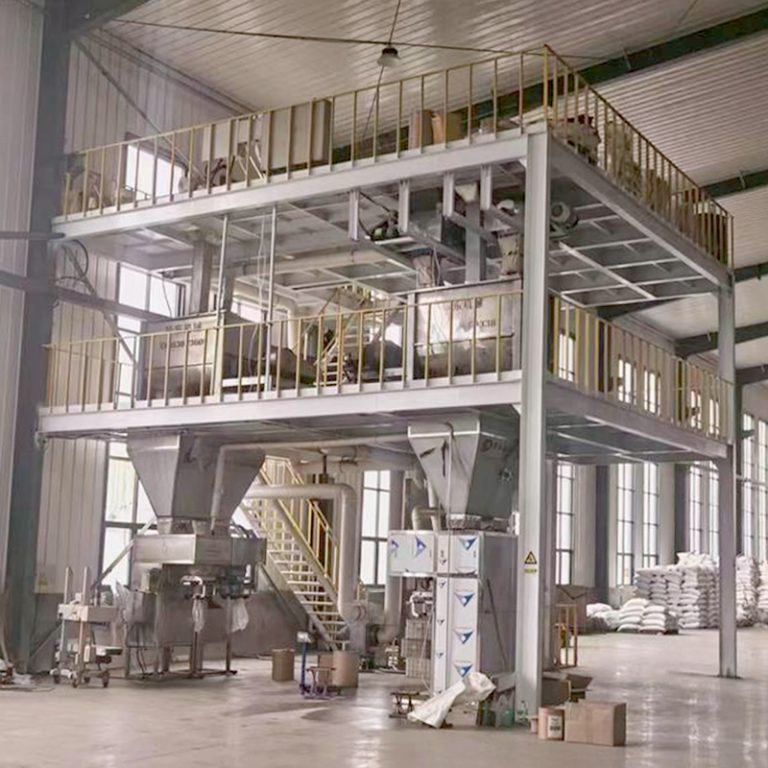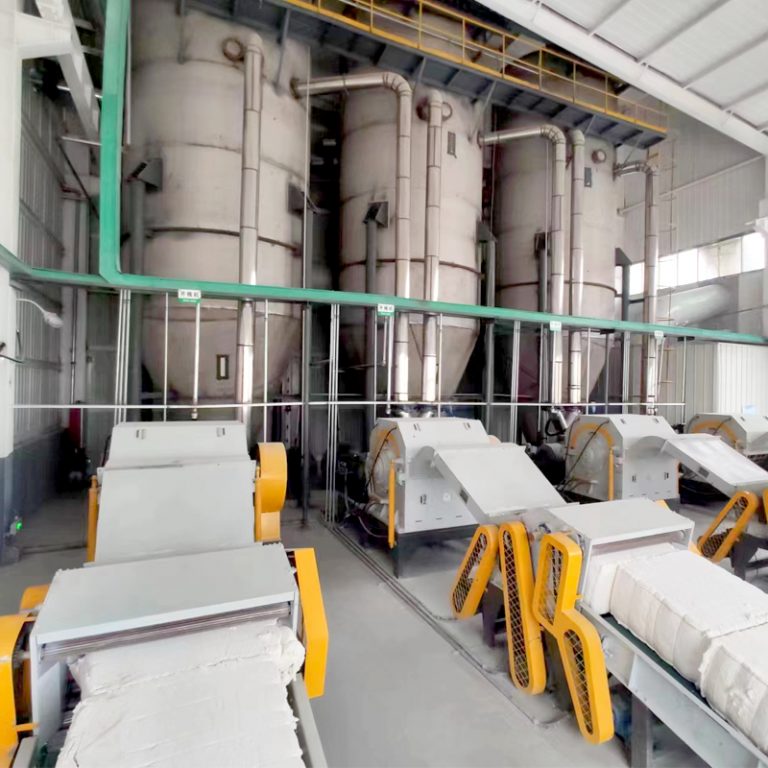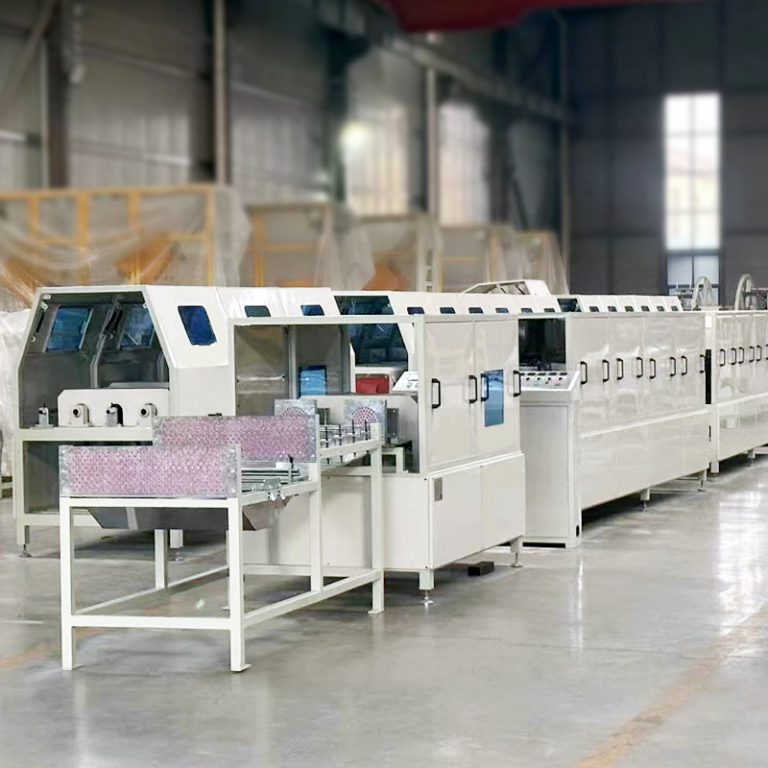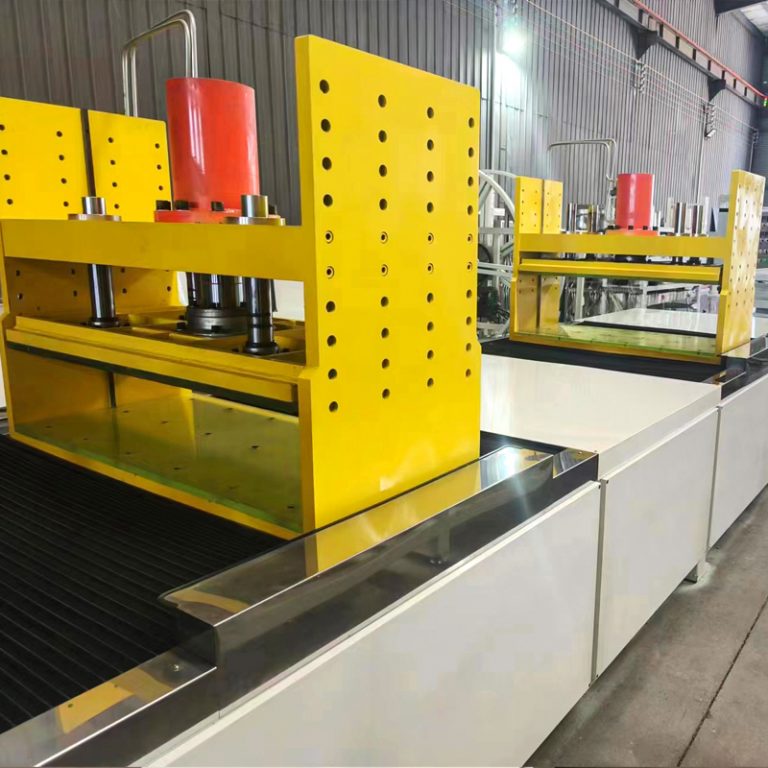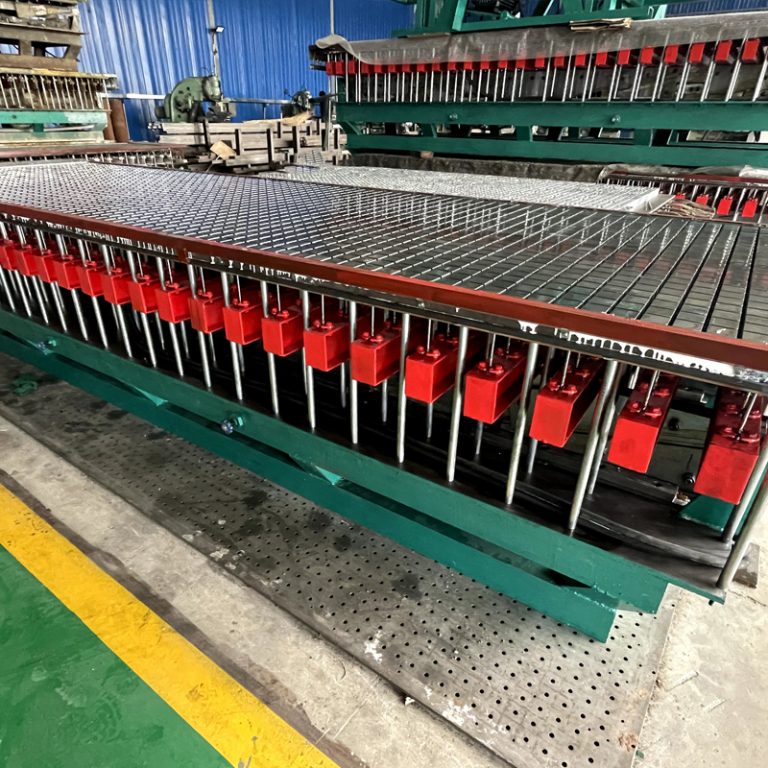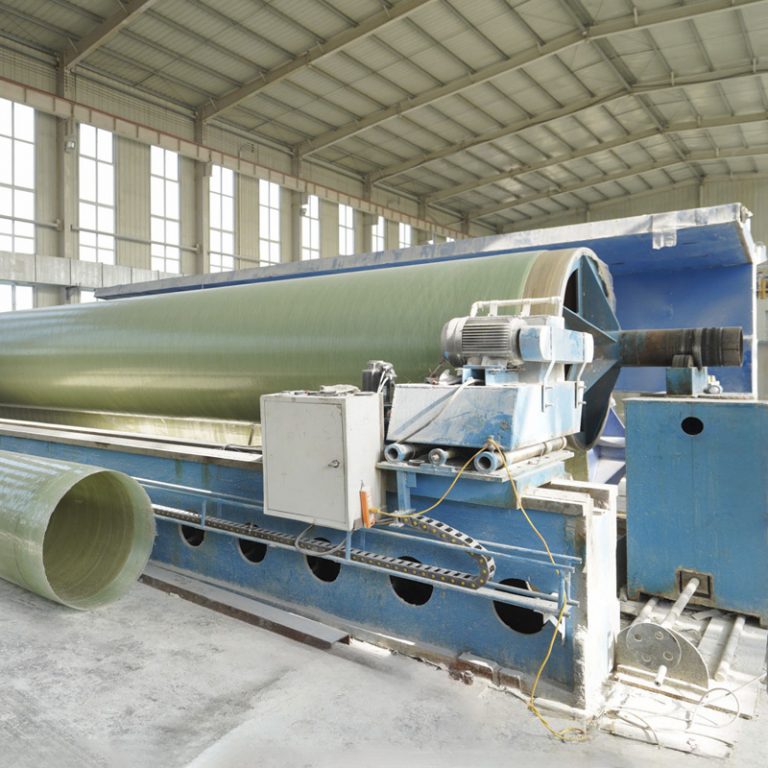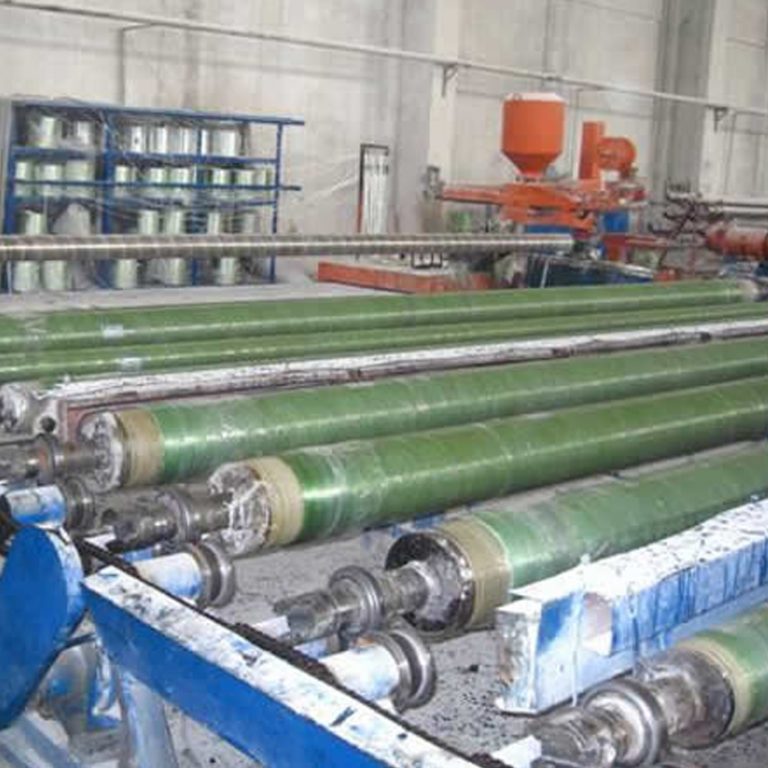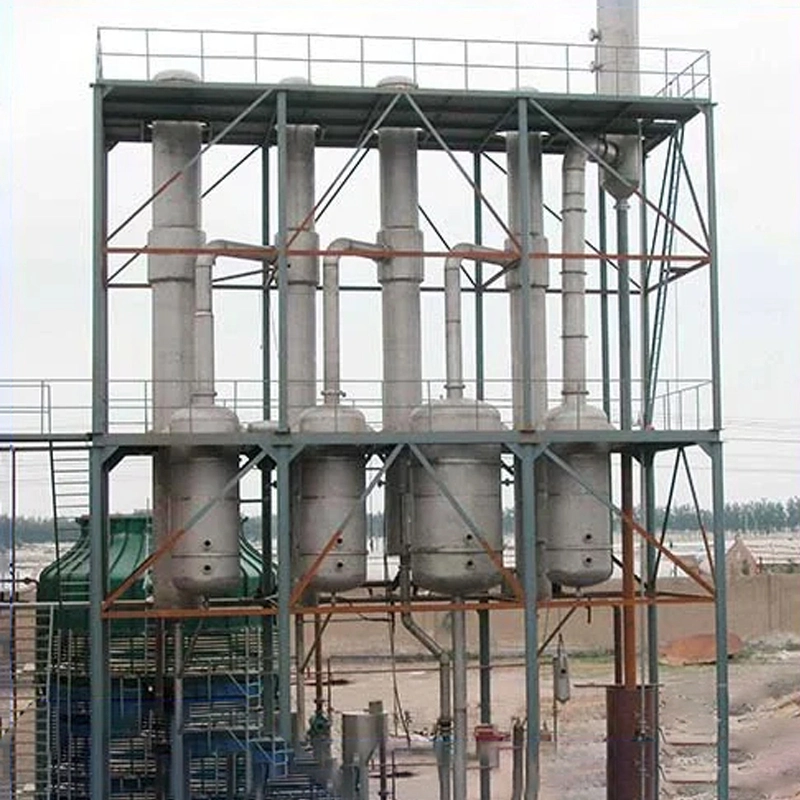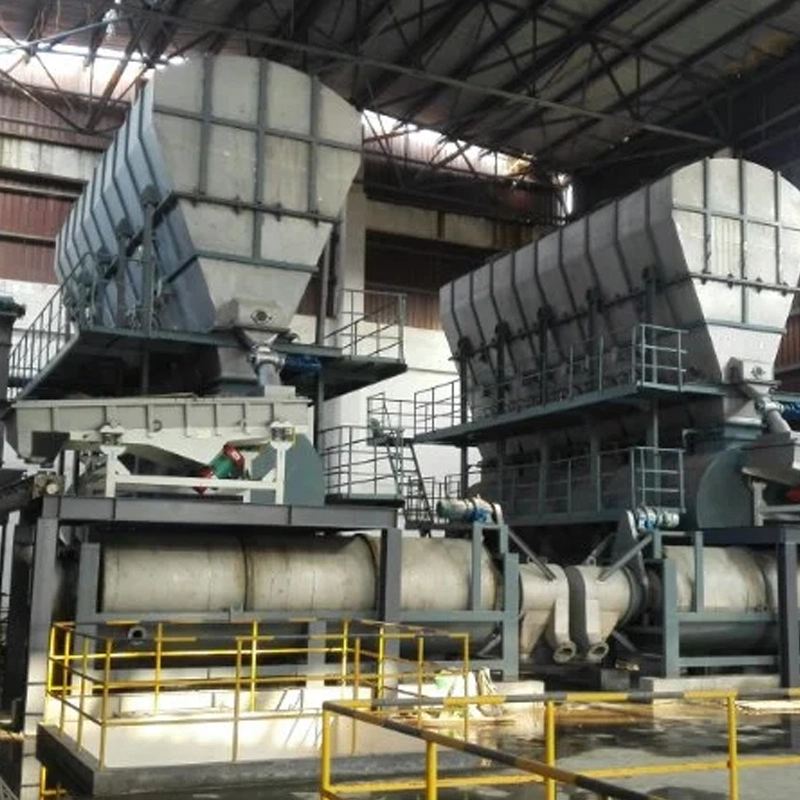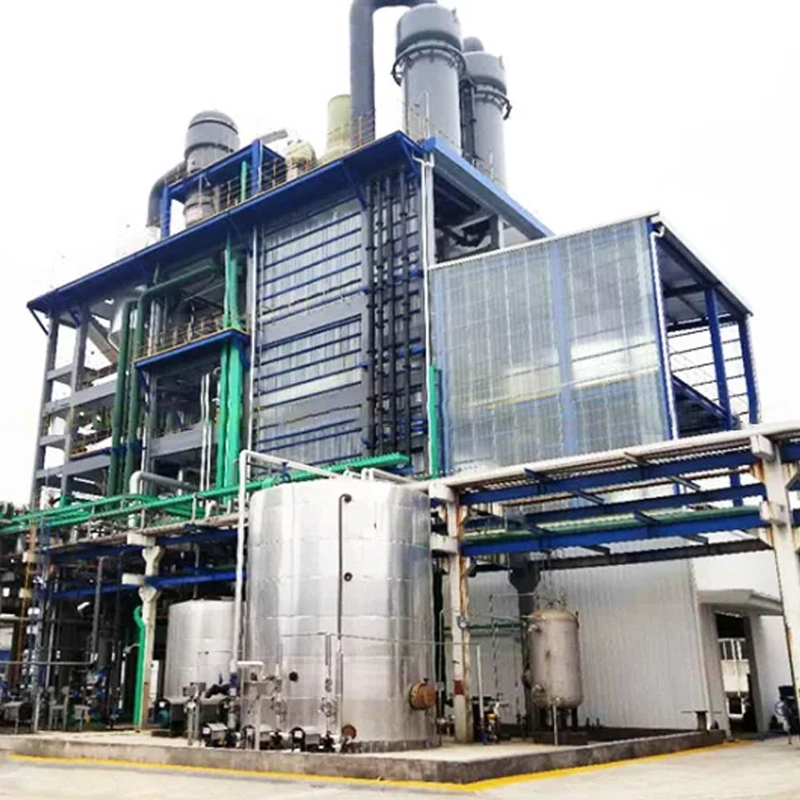Key Factors Influencing Calcium Chloride Production Efficiency
Optimizing Raw Material Selection
The success of calcium chloride production hinges on picking the right raw materials. High-quality hydrochloric acid and limestone are must-haves for this task. We rely on hydrochloric acid and limestone to make anhydrous calcium chloride. This covers creating calcium liquid of CaCl2 and handling steps tied to anhydrous calcium chloride granulation. The production setup needs to work with different hydrochloric acid sources. It adjusts easily to HCL from ionic membrane caustic soda production or leftovers from making PCl3, (chloroacetic acid) MCA, Na2SO4, K2SO4, and so on. Steady raw material quality brings purer final products.
The Role of Temperature Control in the Production Process
Managing temperature is vital for smooth reactions in calcium chloride production. Keeping it just right ensures reactions finish fully and save energy. The granulation setup uses a spray-fluidized bed drying method. This boosts heat exchange by widening the material’s contact area. It also cuts energy use. Good temperature handling stops troubles like material sticking together or unfinished work.
Managing Reaction Time for Enhanced Output
How long reactions take shapes both the amount and quality of calcium chloride. By watching and adjusting these times, producers can lift output while keeping purity high. Smart systems give tight control over timing. This makes sure every step hits the mark for production goals.
Advanced Techniques to Enhance the Production Process
Implementing Automation in the Production Line
Benefits of Automated Systems in Calcium Chloride Manufacturing
Automation offers big wins in calcium chloride making. These setups sharpen accuracy, trim human slip-ups, and keep a close eye on things like temperature and feedstock mixes. The gear fits the needs of automated industrial tasks. Plus, it slashes labor costs and keeps things running smoothly, even when conditions shift.
Examples of Automation Tools for Improved Efficiency
Today’s tools, like PLC (Programmable Logic Controllers), help make operations smoother. We use a PLC automatic control system to run production, tweak feedstock amounts, and lower labor costs. These tools let us adjust things on the fly to keep conditions perfect all through the process.
Upgrading Equipment and Technology
The Impact of Modern Equipment on Production Quality
Newer gear plays a big part in lifting efficiency and quality in calcium chloride production lines. Fresh designs handle materials better and spread heat evenly. The special air distribution structure fluidizes materials well. It also clears out big chunks or clumped bits. This gives even granulation and purer results.
Maintenance Strategies for Long-Term Efficiency
Keeping gear in check is key to making it last and perform well. Regular upkeep plans cut downtime. They also ensure all parts work as they should. Simple care steps and tough designs lead to steady, long-term use. You get easy operation, basic upkeep, and a long service life.
Environmental Considerations in Calcium Chloride Production
Reducing Waste and By-products During Manufacturing
Green habits matter more in chemical work like calcium chloride production. Smart waste recovery setups shrink environmental harm. Dry exhaust gas gets cleaned by eco-friendly gear before release. This makes sure only clean gas hits the air. These moves follow the rules and make better use of resources.
Energy-Efficient Practices in the Production Process
Saving energy is a core part of modern industry ways. Tools like fluidized bed drying slash energy needs while keeping output strong. The gas at the outlet stays cooler than the product’s top heat. This means better thermal efficiency. Such steps trim costs and back eco-friendly work.
Aoliande: Delivering Excellence in Calcium Chloride Solutions
Overview of Aoliande’s Expertise in Chemical Manufacturing
Aoliande shines in chemical production, especially with calcium chloride. Their top-notch methods churn out high-quality goods that match industry and customer needs. The key steps here include calcium liquid prep and drying granulation. The anhydrous calcium chloride hits purity above 95%. After desulfuration and washing, the process’s tail gas meets emission rules. Their fresh approach uses resources wisely while sticking to eco-standards.
Aoliande excels at tweaking its production lines to match different raw material sources. It handles hydrochloric acid from ionic membrane caustic soda or byproducts of PCl3, (chloroacetic acid) MCA, Na2SO4, K2SO4, and more with ease. This flexibility keeps quality steady and purity high in the end products. Their granulation system also uses a slick spray fluidized bed drying method. This widens the material’s contact area, lifts heat exchange efficiency, and drops energy use.
Aoliande sticks to green practices. Dry exhaust gas gets treated by eco-gear before hitting the air. This ensures only clean gas escapes. These efforts cut environmental harm and sharpen efficiency.
Other High-Quality Products Offered by Aoliande
Beyond calcium chloride, Aoliande crafts a broad mix of top-grade chemical goods for various industry needs. Take their potassium sulfate line—it shows off their chemical engineering chops. The Mannheim Process is the go-to way here. It mixes potassium chloride with sulfuric acid at high heat. The result? Products with great quality and trustworthiness.
Aoliande has spruced up its potassium sulfate-making. We’ve honed the Mannheim furnace gear and process. This builds a standout, solid potassium sulfate production method. These tweaks ensure even heat, full reactions, and less energy use.
They also lean on high-end automation across their work. We use a PLC automatic control system to run production, set feedstock mixes, and trim labor costs. This sharpens accuracy, cuts expenses, and keeps things steady under shifting conditions.
Their lineup includes gear built tough and efficient. Some parts of our potassium sulfate fertilizer equipment use special corrosion-proof, lasting materials. This promises a long service life and steady results.
For more info or questions: WhatsApp: +86-13363884492 Email: belen@aldfrp.com.
FAQ
Q: What are the main raw materials used in calcium chloride production?
A: Hydrochloric acid and limestone are the top picks for making anhydrous calcium chloride.
Q: How does automation improve calcium chloride manufacturing?
A: Automation boosts accuracy, cuts human errors, lowers labor costs, and keeps operations steady despite changes.
Q: What role does temperature control play in this process?
A: It ensures full reactions, saves energy, and stops issues like material clumping or half-done processing.
Q: What are some environmental considerations in calcium chloride production?
A: Think about cutting waste with smart recovery setups and using energy-saving tricks like fluidized bed drying.
Q: Why is regular maintenance important for production equipment?
A: It stretches gear life, trims downtime, and keeps performance steady.








